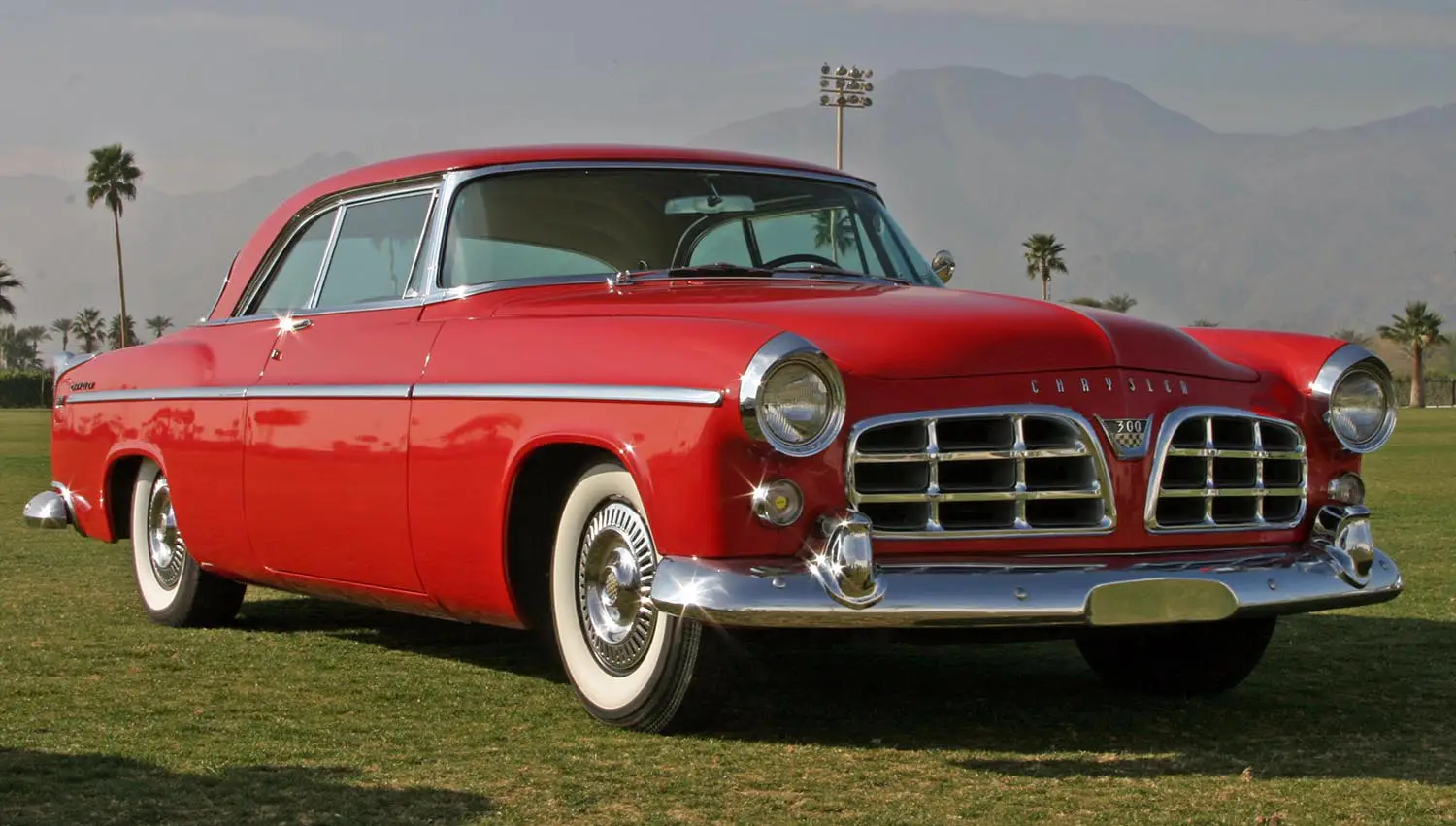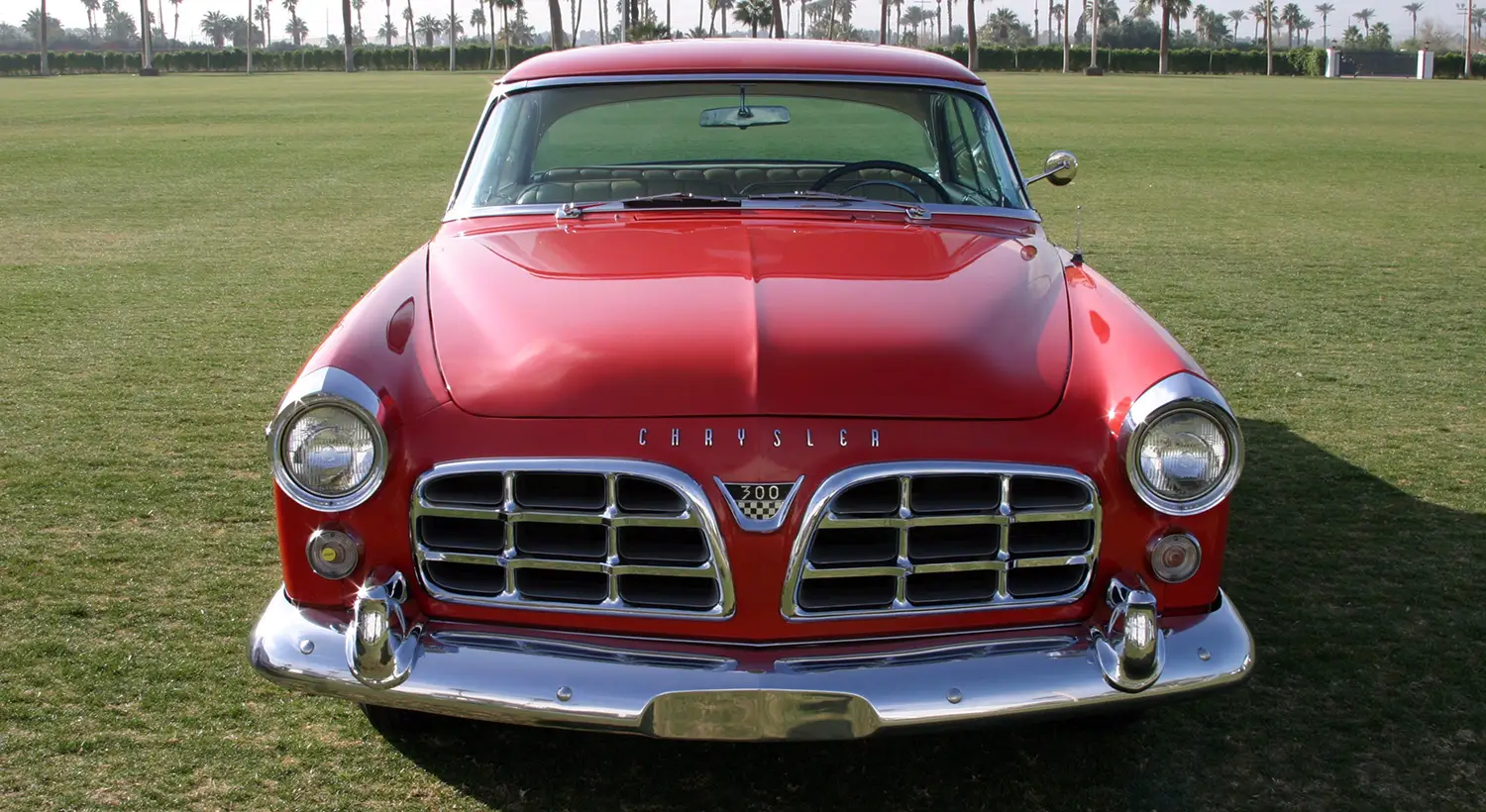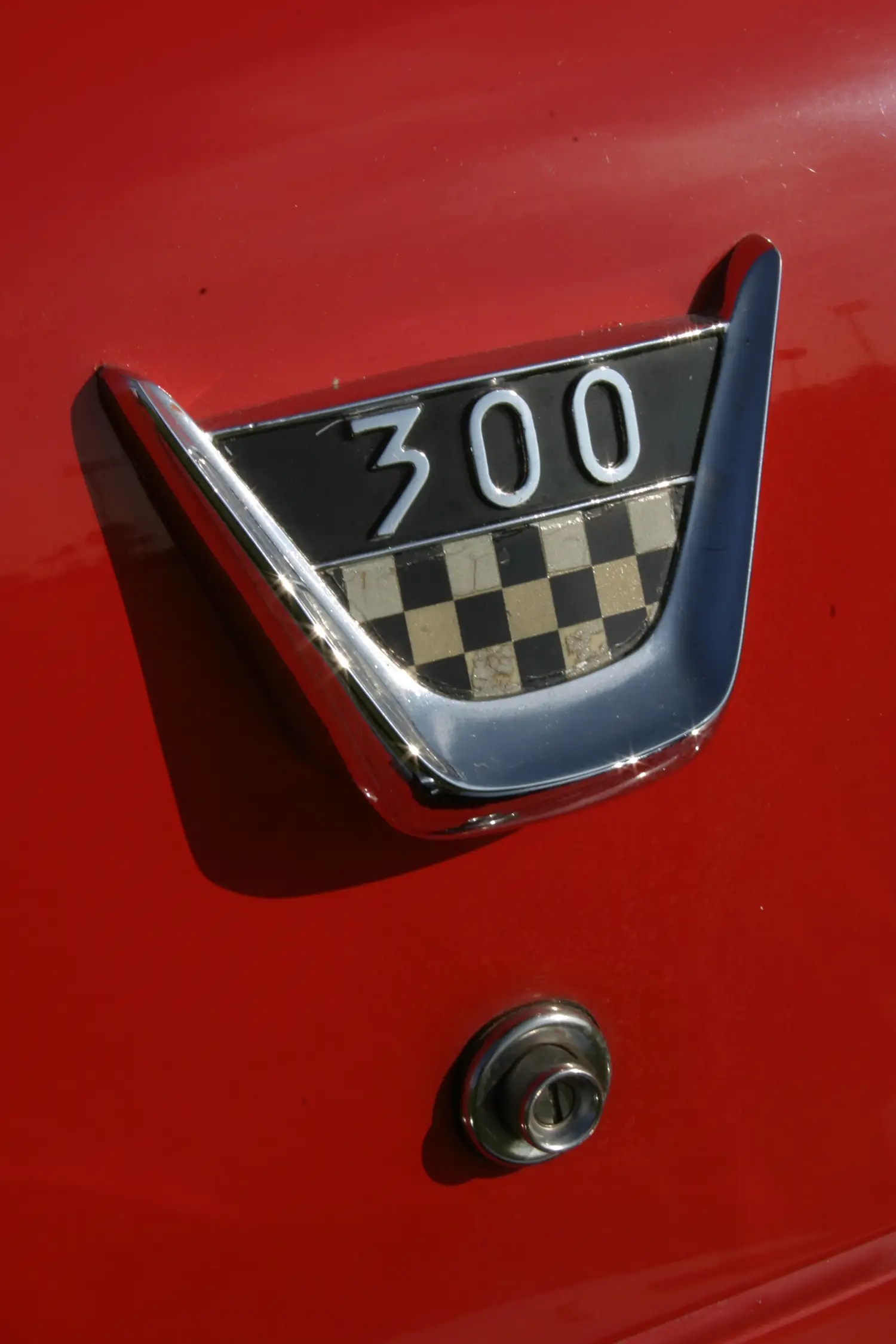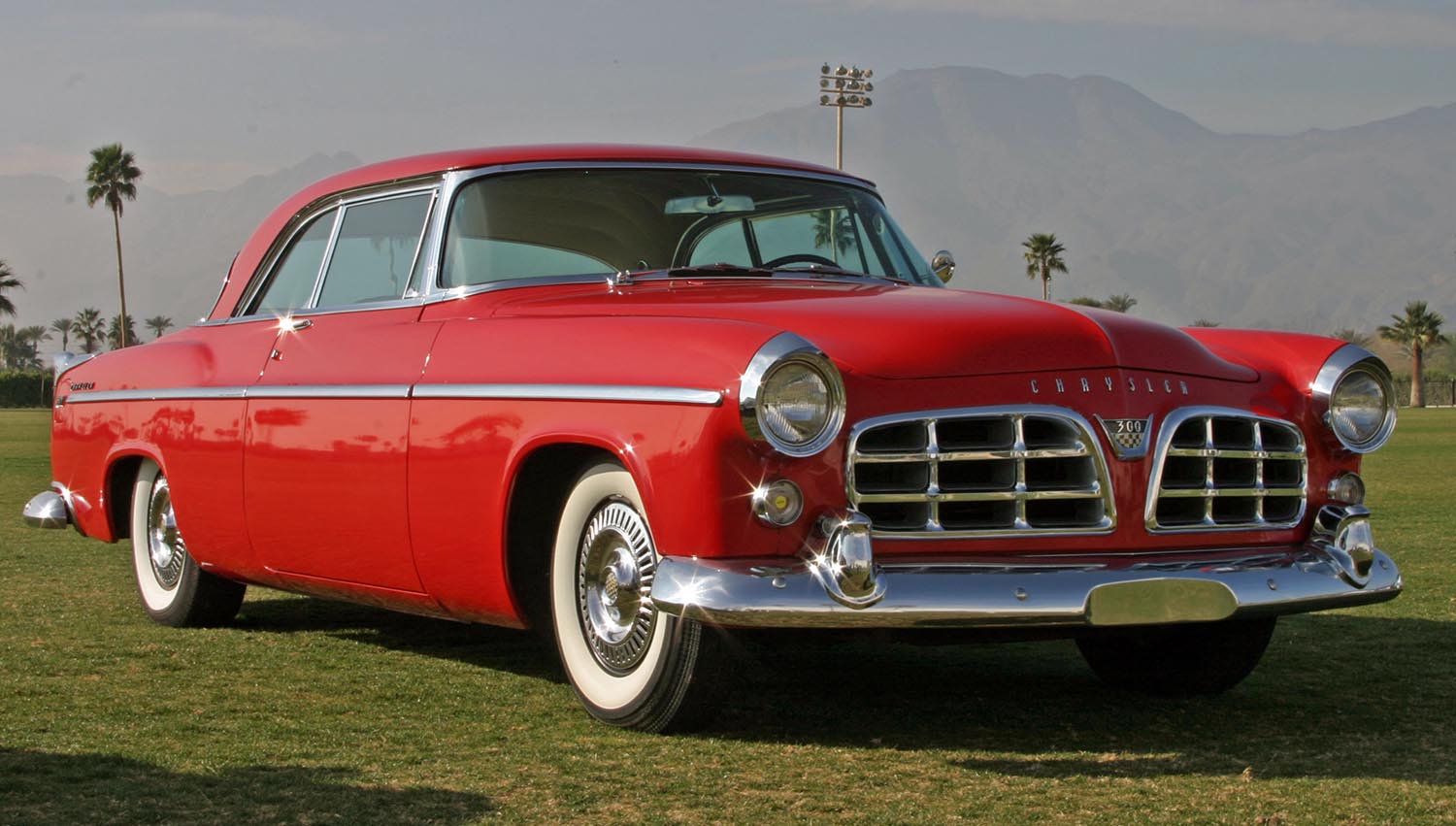
The American automotive landscape changed forever in 1955. The introduction of the 1955 Chrysler 300 Sport Coupe fired the first shot in the horsepower wars. It offered an unparalleled combination of luxury and raw performance. For the first time, a production car rolled off the assembly line boasting 300 horsepower. Consequently, Chrysler had successfully created an entirely new market segment.
Birth of the Letter Series Legacy
The original model was initially marketed simply as the C-300. The letter C designation stood for coupe body style. Later, this pivotal car became retroactively known as the “300A.” It thus launched Chrysler’s famous “Letter Series” tradition. This high-performance lineage continued for a decade, signaling performance exclusivity.
The Gentleman’s Hot Rod
This powerful performance coupe was both expensive and highly exclusive. Only 1,725 examples were ever produced for the general market. This low production number immediately established its collectible status. Furthermore, it quickly earned the notable nickname “The Gentleman’s Hot Rod.” It was clearly not meant to be an ordinary car.
The FirePower HEMI Heart
Chrysler engineers leveraged their racing expertise to build the engine. The massive 331 cubic-inch FirePower HEMI V8 was already a formidable platform. For the 1955 Chrysler 300 Sport Coupe, it received a full-race cam and solid valve lifters. Performance-tuned dual exhaust and unique manifolds were also installed.

Dual Quads for Maximum Airflow
The crucial final touch was the specialized induction system. It featured twin Carter WCFB four-barrel carburetors mounted atop the Hemi engine. This entire setup allowed the large V8 to breathe deeply and efficiently. Consequently, it officially reached the namesake 300 horsepower output. This massive figure easily crushed rival offerings from Cadillac and Ford.
Exner’s Forward Look Design
Design Chief Virgil Exner drove Chrysler’s bold “Forward Look” styling movement. This sleek, modern design language made the 300 look fast even when standing still. The overall coupe body was a careful assembly of existing Chrysler parts. For instance, it used the two-door hardtop shell from the New Yorker line.
The Imperial Grille Influence
The distinctive front end was cleverly borrowed from the upscale Imperial model. This gave the 300 a powerful, elegant, egg-crate grille. The clean flanks featured minimal exterior trim for a purposeful racing aesthetic. The unique combination of luxury and simplicity perfectly defined its styling.
Dominance on the Racetrack
The C-300 was not just fast on paper; it ruthlessly dominated stock car racing. NASCAR rules mandated that cars must be mostly stock production vehicles. This meant the 300 was ready to race right from the factory floor. It came equipped with a performance-modified PowerFlite automatic transmission.
The Kiekhaefer Fleet
Factory support was unnecessary due to the car’s inherent capability. The fleet of white 300s campaigned by Carl Kiekhaefer quickly overwhelmed the competition. They achieved an astounding 18 victories during the 1955 NASCAR season. This early success established the 300’s legendary racing pedigree forever. It immediately cemented its heritage as a true winner.
The highly tuned 331 cubic-inch (5.4L) FirePower HEMI V8 engine delivered immense, road-shaking performance. It produced a full 300 horsepower at 5,200 rpm. The torque figure stood at 345 pound-feet, available at 3,200 rpm. This raw power was channeled through a heavy-duty suspension and special automatic transmission. The 1955 Chrysler 300 Sport Coupe could sprint from 0 to 60 mph in under 10 seconds flat. Furthermore, it recorded an impressive 127.58 mph in the Flying Mile competition at Daytona Beach.
The 1955 Chrysler 300 Sport Coupe, or C-300, remains a pivotal automotive icon today. It brilliantly merged luxury comfort with pure, raw racing performance. It was the first American car to officially hit the 300 horsepower mark. This powerful coupe quickly established its dominance in NASCAR history. Its limited production and groundbreaking performance make the 300 an incredibly significant part of muscle car heritage. It truly stands as the original “Beautiful Brute” that started a performance revolution.
Disclaimer: Content on this site is for informational purposes only. Vehicle specs, pricing, and availability may change. Always verify details with official sources before making decisions. Opinions are those of the authors.
Source: Stellantis

